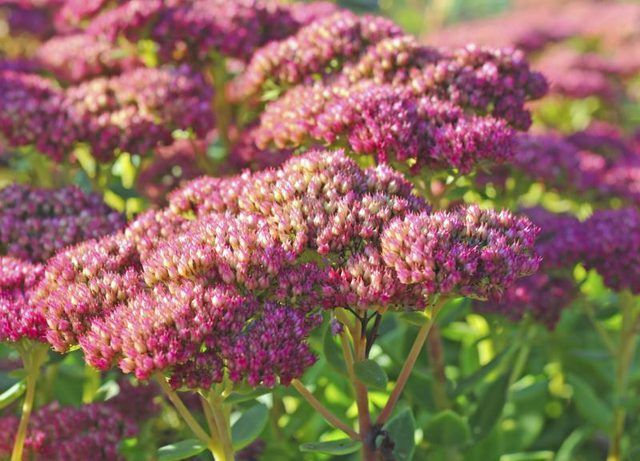Bulbs
Flower Basics
Flower Beds & Specialty Gardens
Flower Garden
Garden Furniture
Garden Gnomes
Garden Seeds
Garden Sheds
Garden Statues
Garden Tools & Supplies
Gardening Basics
Green & Organic
Groundcovers & Vines
Growing Annuals
Growing Basil
Growing Beans
Growing Berries
Growing Blueberries
Growing Cactus
Growing Corn
Growing Cotton
Growing Edibles
Growing Flowers
Growing Garlic
Growing Grapes
Growing Grass
Growing Herbs
Growing Jasmine
Growing Mint
Growing Mushrooms
Orchids
Growing Peanuts
Growing Perennials
Growing Plants
Growing Rosemary
Growing Roses
Growing Strawberries
Growing Sunflowers
Growing Thyme
Growing Tomatoes
Growing Tulips
Growing Vegetables
Herb Basics
Herb Garden
Indoor Growing
Landscaping Basics
Landscaping Patios
Landscaping Plants
Landscaping Shrubs
Landscaping Trees
Landscaping Walks & Pathways
Lawn Basics
Lawn Maintenance
Lawn Mowers
Lawn Ornaments
Lawn Planting
Lawn Tools
Outdoor Growing
Overall Landscape Planning
Pests, Weeds & Problems
Plant Basics
Rock Garden
Rose Garden
Shrubs
Soil
Specialty Gardens
Trees
Vegetable Garden
Yard Maintenance
How to Grow Sedum as a Ground Cover Plant
How to Grow Sedum as a Ground Cover Plant. Sedum plants (Sedum spp.) include many creeping varieties that provide low-maintenance ground cover in dry, poor quality soil where few other plants survive. Also called stonecrop, sedum plants often feature evergreen foliage. "Red Carpet" stonecrop (Sedum spurium "Red Carpet") is a...

Sedum plants (Sedum spp.) include many creeping varieties that provide low-maintenance ground cover in dry, poor quality soil where few other plants survive. Also called stonecrop, sedum plants often feature evergreen foliage. "Red Carpet" stonecrop (Sedum spurium "Red Carpet") is a creeping red sedum, and "Coral Carpet" (Sedum album "Coral Carpet") offers salmon-orange, bright green and reddish-bronze leaves over the course of the year. Both of these are hardy in U.S. Department of Agriculture plant hardiness zones 3 through 9. Stonecrop "Angelina" (Sedum rupestre "Angelina," USDA zones 5 through 8) is a yellow-leaved variety.
Sun and Soil
Grow stonecrop ground cover plants in sites that receive at least 8 hours of direct sunlight per day. Some varieties, such as "Coral Carpet," tolerate growing in partially shady areas.
Stonecrops "Red Carpet" and "Coral Carpet" grow best in moist, well-drained soil, but stonecrop "Angelina" prefers sandy or gravelly, moderate- or low-fertility soil. All three varieties tolerate heat, poor soil and growing in dry areas such as rock gardens, and "Red Carpet" grows well in urban conditions. Stonecrop doesn't tolerate wet, poorly drained soil.
Spacing Stonecrop Plants
Ground cover plants such as stonecrop should be spaced according to their final growing dimensions. For example, stonecrop "Red Carpet" plants grow 2 feet wide, so the central stem of one plant should be about 2 feet from the central stem of the next plant.
To provide even coverage, arrange stonecrop plants diagonally opposite each other in their rows, in a zigzag or staggered pattern. Where other plants are growing in the bed or border, space stonecrop plants so that they reach other plants when mature, but don't grow into other plants.
Watering Ground Cover
Stonecrop ground cover plants need regular watering while they establish. When the weather is dry, newly planted stonecrop needs up to 1 inch of water per week, applied with a garden hose fitted with a soft spray attachment. After three months, the plant develops an extensive root system. Water established stonecrop plants when the soil is dry to a depth of 1 to 1 1/2 inches. Don't water the plants so much that the soil becomes soggy.
Spread leaf mold, sawdust or another fine mulch 1 inch thick over the bare soil between stonecrop plants to help conserve soil moisture.
Applying Fertilizer
Stonecrop ground cover plants grow well with little or no fertilizer, depending on the soil fertility. In very poor soils, applying a slow-release fertilizer can enhance plant growth. Signs of nutrient deficiency are small, pale leaves and poor growth.
Sprinkle ready-to-use, slow-release 12-4-8 fertilizer granules around stonecrop plants at a rate of 4 tablespoons per 4 square feet. Rinse off fertilizer granules that fall on the leaves with a garden hose, and wash the granules into the soil. Apply the fertilizer as needed, but don't apply it more often than every three months.